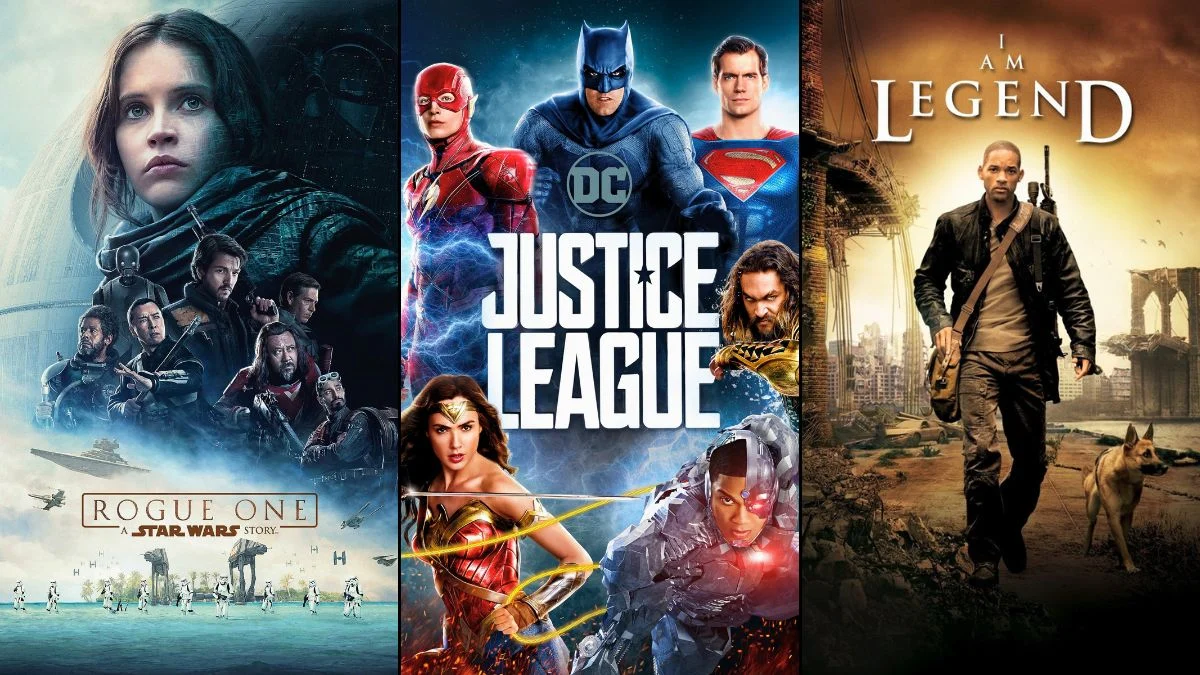
Turning a Hollywood script into a finished movie is rarely simple. Studios often show early versions to test audiences to see how they react. If the feedback is negative, it can cause concern among studio bosses and lead to extensive re-filming. Sometimes, entire endings or even characters are changed to make sure the movie will be a hit with viewers. Here are some films that went through major revisions after initial audiences didn’t respond well to the original versions.
‘World War Z’ (2013)
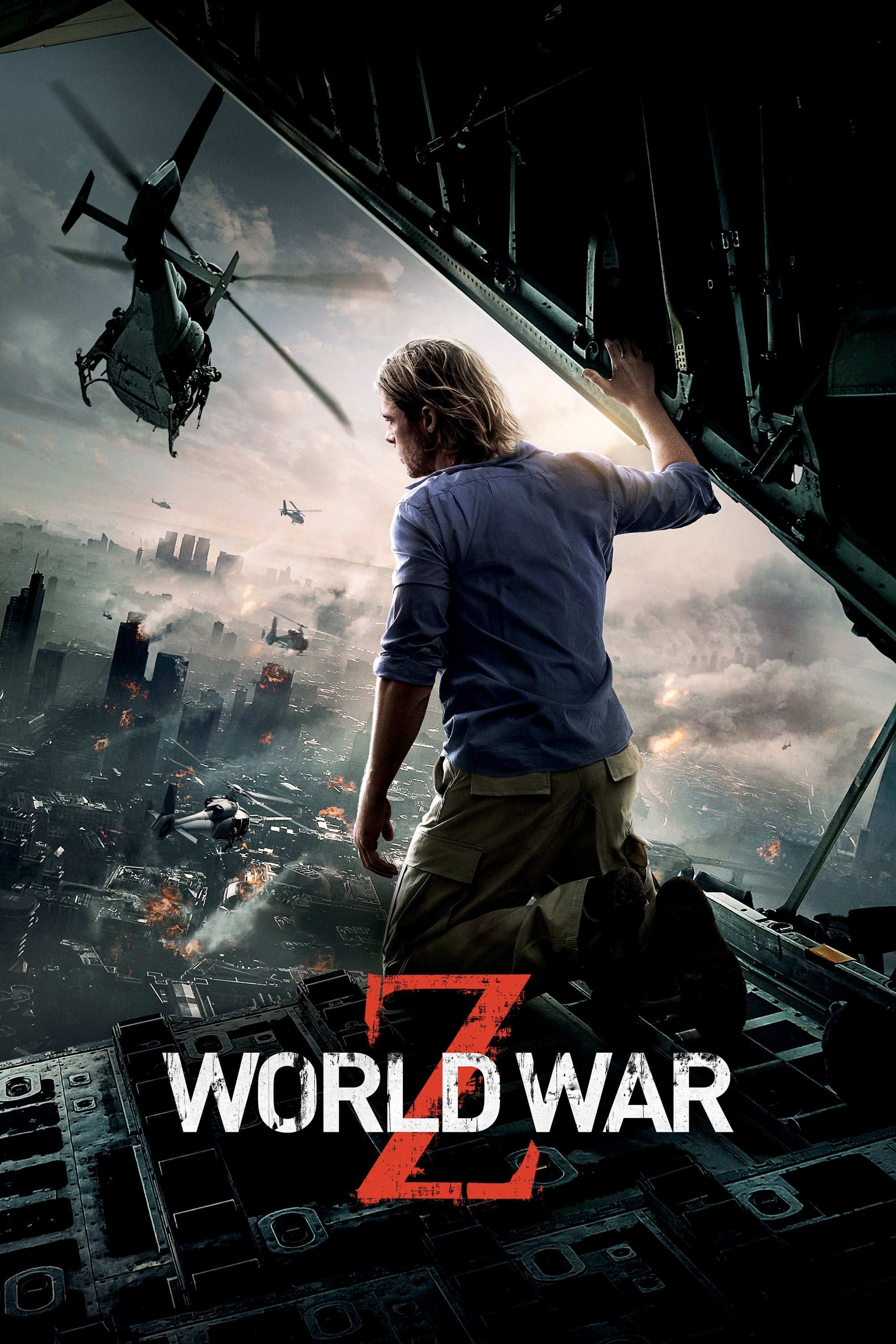
The movie’s initial ending involved a large-scale battle in Moscow, with Brad Pitt’s character joining a Russian team to fight zombies in a very dark scene. However, studio bosses at Paramount thought this ending didn’t quite fit and didn’t feel emotionally satisfying. They brought in Damon Lindelof to rewrite the entire final act, shifting the setting to a World Health Organization lab. This new version prioritized building tension over action, and ultimately helped the movie become a financial success.
‘Rogue One: A Star Wars Story’ (2016)
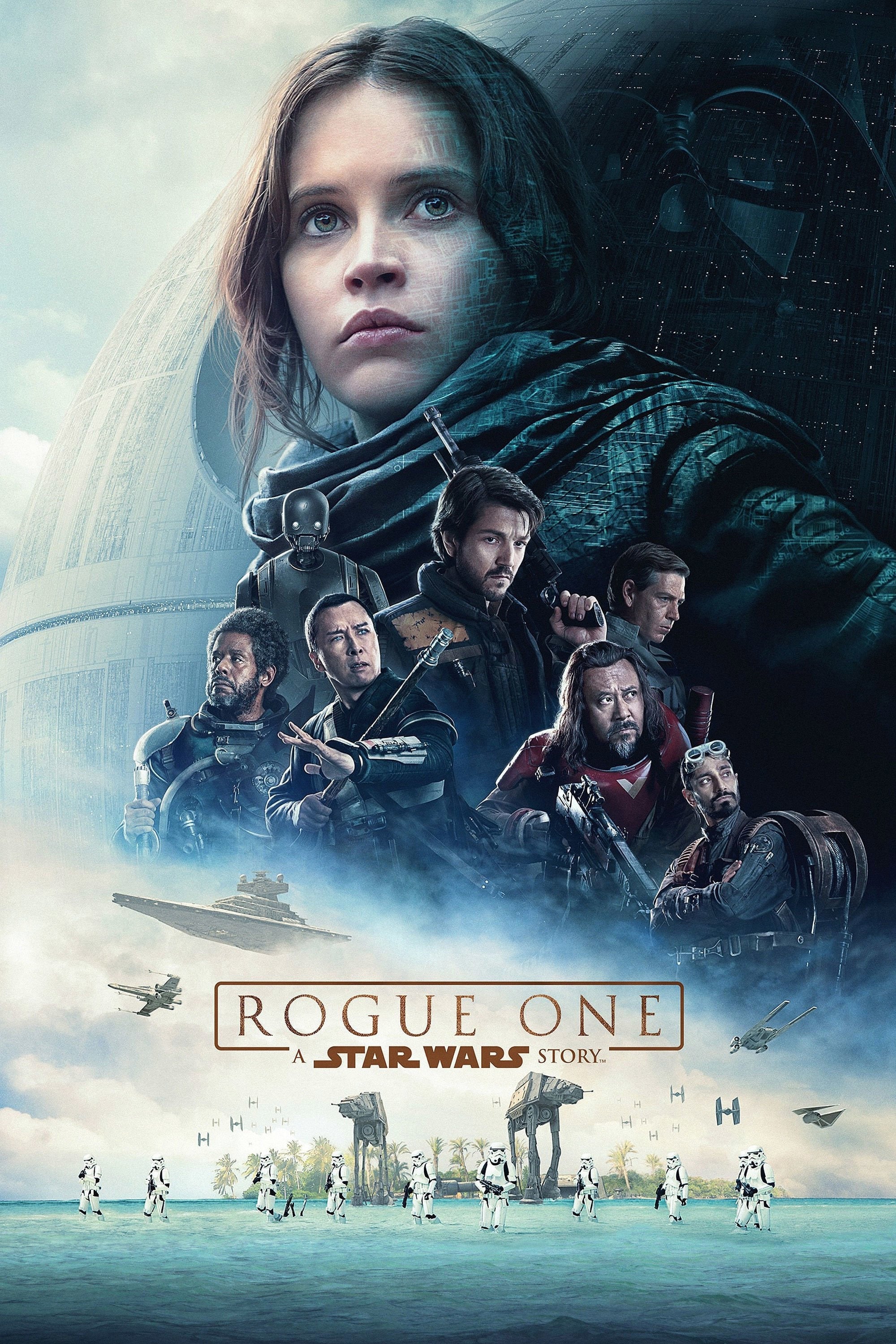
Gareth Edwards’ war movie didn’t quite fit the optimistic feel Disney wanted for the series, so they asked Tony Gilroy to direct a lot of new footage. The original ending, a beach battle, was very different and didn’t include the famous Darth Vader scene. These changes made the story about how the Death Star plans were transmitted much clearer and helped connect this film to the original Star Wars trilogy.
‘Fatal Attraction’ (1987)

The first version of this psychological thriller had a much bleaker ending, staying truer to the original story. In it, Alex Forrest took her own life and made it look like Dan Gallagher was responsible. However, test audiences strongly disliked this ending, wanting to see the wife, Anne Archer’s character, get some kind of justice. The studio listened and filmed a new scene where her character shoots Alex. This change transformed a serious, sad film into a more popular, exciting blockbuster.
‘Little Shop of Horrors’ (1986)

Frank Oz initially filmed a version of the musical closely following the story of plants taking over the world. In this original ending, the main characters, Seymour and Audrey, were dramatically eaten by the alien plant. However, test audiences in San Jose strongly disliked the deaths of the protagonists, so the studio made Oz film a new, happier ending where Seymour and Audrey survive and destroy the plant. The darker, original finale wasn’t shown to the public for many years.
‘I Am Legend’ (2007)

Originally, Will Smith’s character was meant to survive the final battle, discovering the creatures weren’t villains but were actually trying to save a friend. However, test audiences didn’t like this complex ending and preferred a classic heroic sacrifice. So, the released version of the film shows Smith destroying the creatures with a grenade to protect the cure, a change that completely flipped the story’s moral message from the original Richard Matheson novel.
‘Deep Blue Sea’ (1999)

Originally, LL Cool J’s character was supposed to die in the movie, but test audiences really liked him and wanted him to live. The director noticed that killing him made the film feel much less energetic, so they rewrote and reshot the ending. This allowed the shark hunter to survive alongside the main female character, giving the otherwise dark and scary movie a more uplifting and positive conclusion.
‘Scott Pilgrim vs. The World’ (2010)

Originally, the movie ended with Scott dating his high school girlfriend, Knives Chau. This was decided before the last part of the graphic novel came out. However, test audiences disliked this ending, feeling Scott and Ramona Flowers were meant to be together. So, director Edgar Wright quickly filmed a new ending just before the movie was finalized. This change brought the film closer to the story in the books and pleased most fans.
‘Suicide Squad’ (2016)

David Ayer initially created a dark and realistic film, fitting with the style of early DC movies. However, after other similar dark superhero films were poorly received, and a more cheerful trailer proved popular, the studio became worried. They hired several editors to make the film brighter and added classic rock music. The released version ended up being a mix of Ayer’s original intent and the studio’s changes, creating a confusing and uneven story. Despite the criticism, the film was a financial success.
‘Justice League’ (2017)
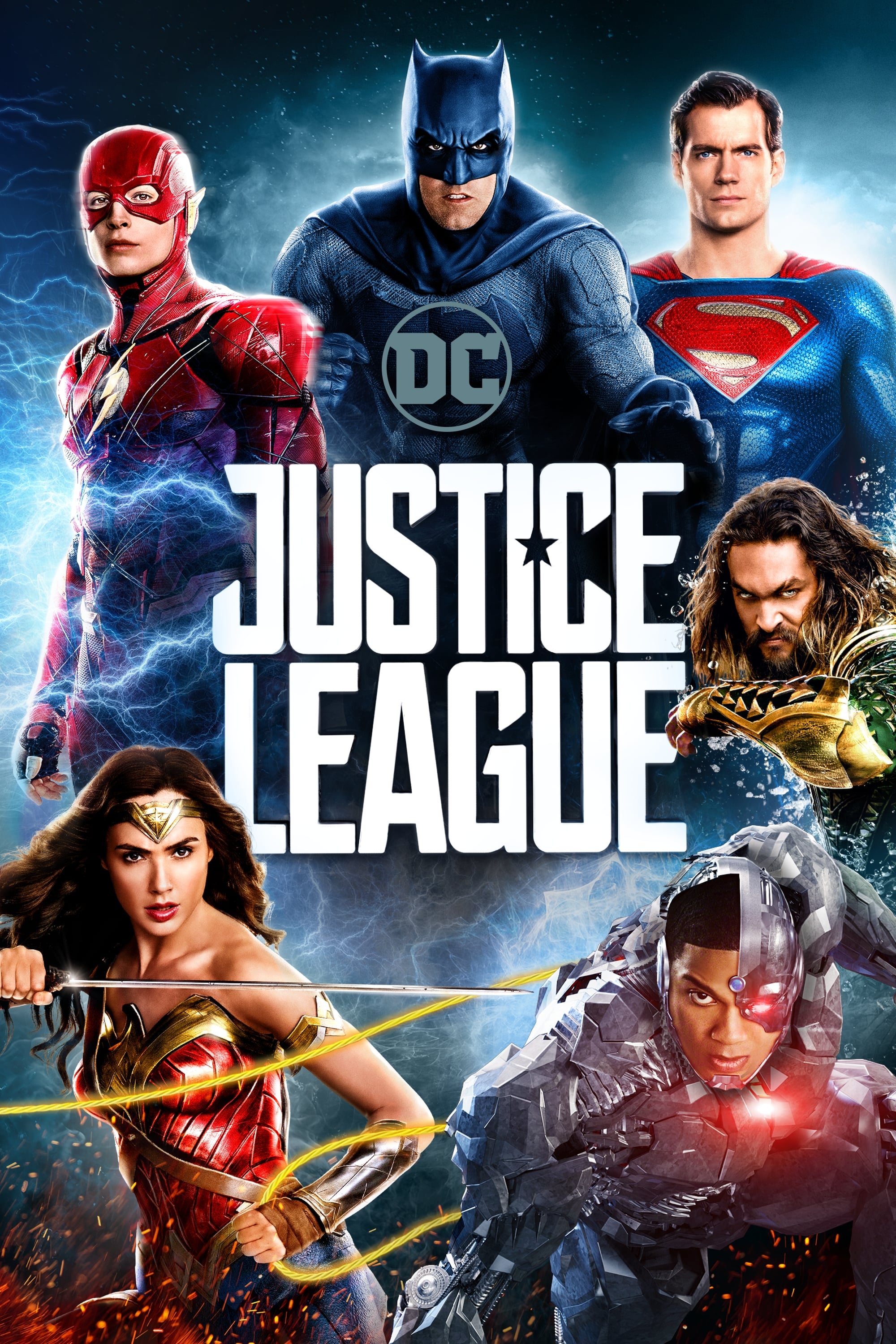
Zack Snyder had to step away from the film after a family tragedy, but had already completed a large part of it. Joss Whedon was brought in to rewrite some scenes and direct additional filming, aiming for a lighter, more optimistic feel. This caused a big change in the movie’s overall style, which had previously been very dramatic and epic. Studio executives also insisted the film be under two hours long, which meant a lot of character development had to be cut. The final version felt inconsistent in tone, and ultimately led to the release of Zack Snyder’s original vision years later.
‘The Emperor’s New Groove’ (2000)

Let me tell you, the story behind this movie is almost more fascinating than the film itself. It originally started as a really ambitious, dramatic musical called ‘Kingdom of the Sun,’ and Sting actually wrote a whole soundtrack for it! The plot involved a prince and a peasant swapping lives – a classic setup. But things went south fast. Test screenings were a disaster, and the story just wasn’t working. Disney made the drastic decision to completely revamp it, turning it into a comedy and tossing almost all of Sting’s music. It’s wild to think that the movie we ended up with is so different from what they initially envisioned, but somehow, despite all that, it’s become a beloved cult classic.
‘Toy Story’ (1995)

Pixar showed Disney executives a rough early version of Toy Story – nicknamed the ‘Black Friday reel’ – that portrayed Woody as a cruel and jealous character who intentionally tried to hurt Buzz Lightyear. The screening went terribly, and almost caused the entire project to be canceled. Joss Whedon and the Pixar team quickly revised the story, turning Woody into a flawed but ultimately likable leader. This crucial change saved the film and helped launch Pixar to become the most successful animation studio ever.
‘Blade Runner’ (1982)

The studio believed the original story was too complicated and confusing for most viewers. They made Ridley Scott add a voiceover, styled like a film noir detective story, to clarify the plot. They also insisted on a cheerful ending, using unused helicopter shots from the movie The Shining. Harrison Ford apparently recorded the voiceover reluctantly, as a way of showing his disapproval. Eventually, these changes were removed, and the film was restored to its originally ambiguous form.
‘Titanic’ (1997)

Originally, James Cameron filmed a scene where the elderly Rose argued with Brock Lovett, giving a speech about life and then throwing the Heart of the Ocean diamond into the sea. However, viewers didn’t react well – they found the scene silly and it lessened the emotional power of the ending. Cameron ultimately removed the entire exchange, choosing instead to focus solely on Rose for a more touching and impactful conclusion to the love story.
‘Dodgeball: A True Underdog Story’ (2004)

The movie initially ended with the unlikely heroes losing, staying true to the story’s theme. However, the director wanted to avoid the predictable happy ending common in sports films. The studio felt a comedy needed a more upbeat conclusion, so a new scene was shot where the team wins and defeats the antagonist. As a playful touch, the film even includes a joke in the credits about complicated endings.
‘Army of Darkness’ (1992)
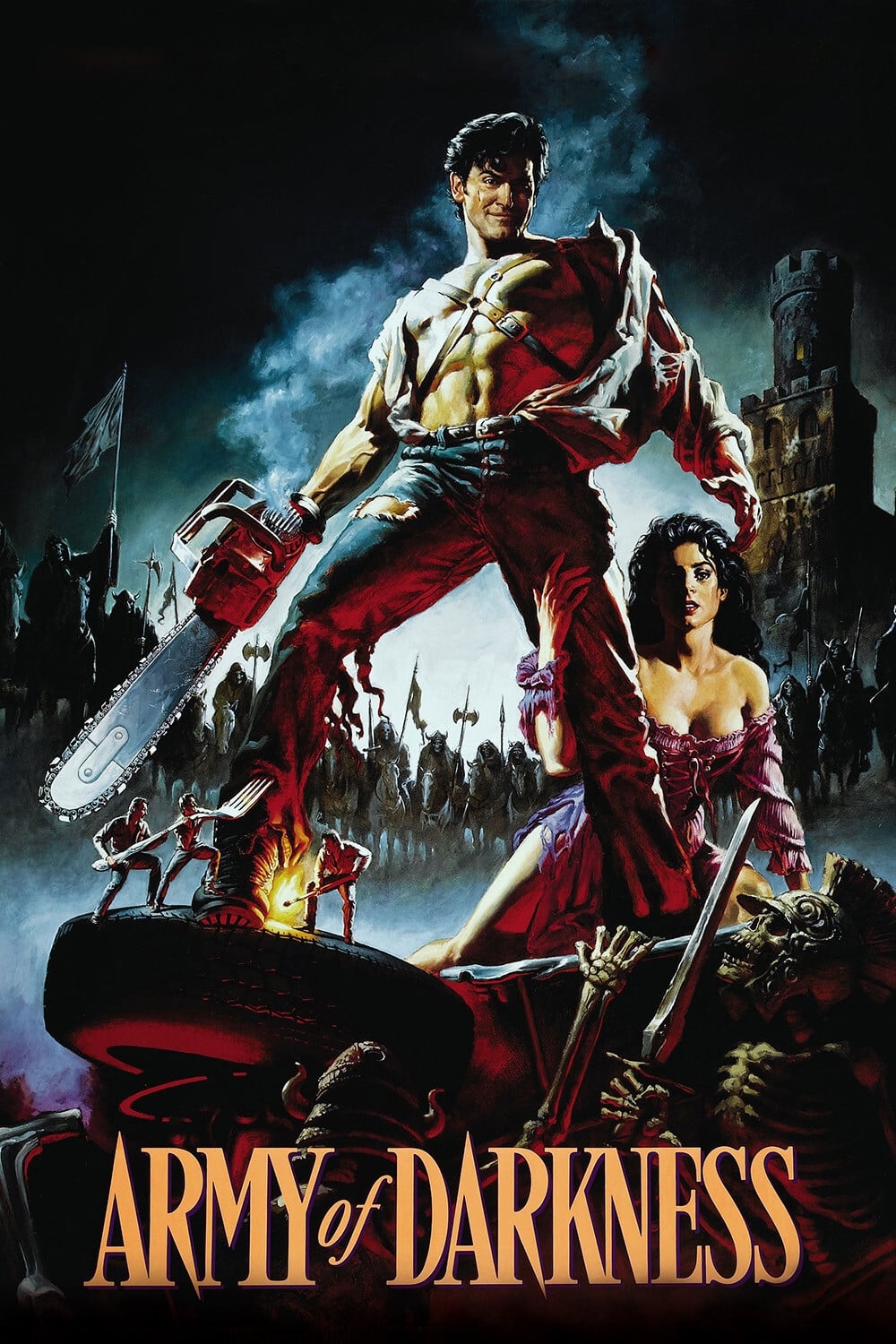
Sam Raimi originally planned for Ash Williams to sleep through a magical potion and awaken in a ruined, post-apocalyptic world. This somber finale would have set a dark tone for future Evil Dead movies. However, Universal Pictures thought it was too bleak and asked for a happier ending. The version shown in theaters has Ash returning to his job at S-Mart and battling a Deadite. Fortunately for fans, the original, darker ending can still be found on DVD and Blu-ray releases.
‘Pretty Woman’ (1990)
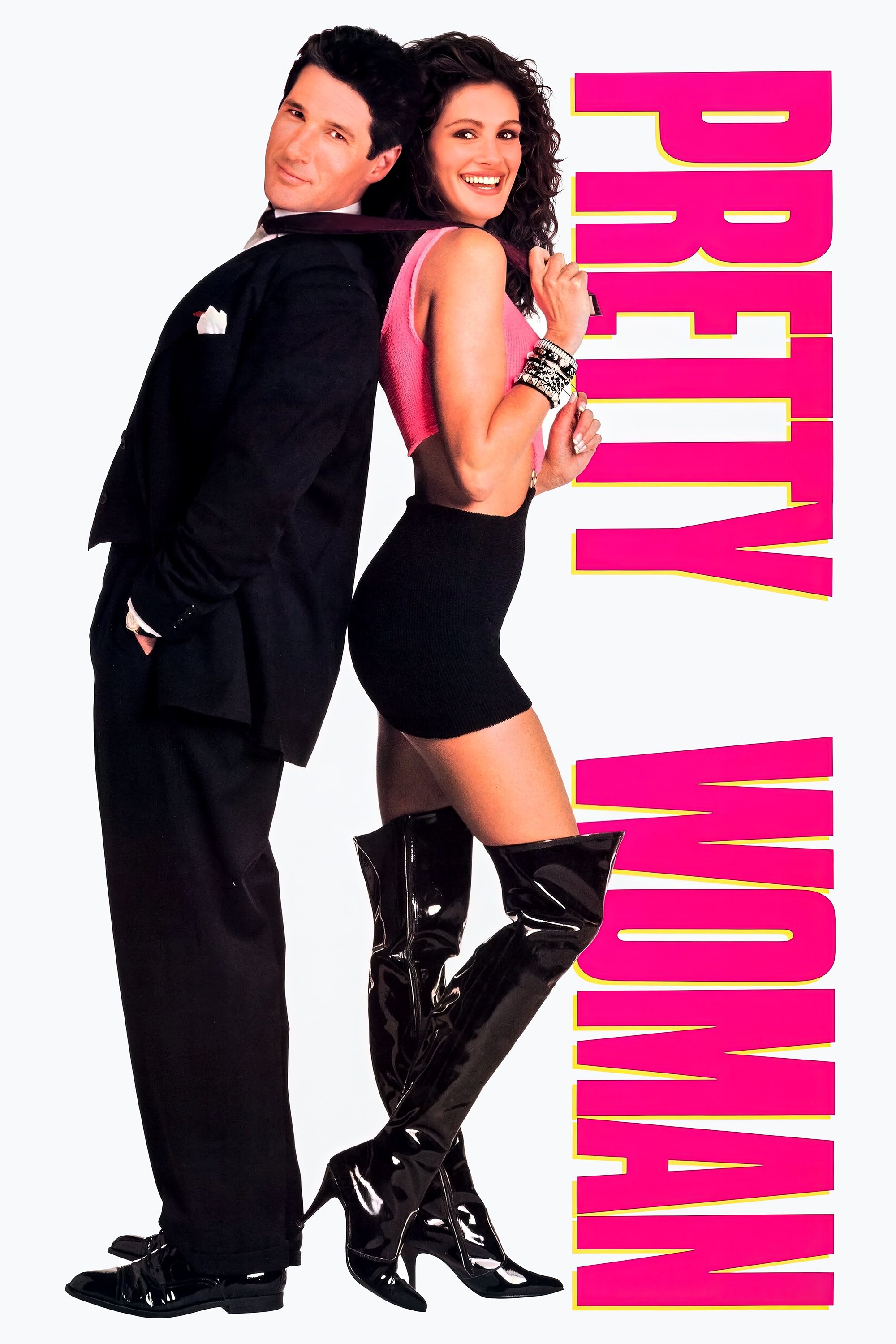
Originally, the movie began as a serious and bleak story called ‘3000,’ focusing on issues like poverty and drug abuse. It even had a harsh ending where the male lead abandoned the female lead with money. However, Disney bought the script and asked for a complete makeover, wanting it to be a lighthearted romantic comedy. Garry Marshall led the rewrites, transforming the dark drama into a feel-good fairy tale. Ultimately, the strong connection between the actors Julia Roberts and Richard Gere helped the film overcome its difficult beginnings.
‘Thor: The Dark World’ (2013)

Originally, Loki was meant to die for good during the fight on Svartalfheim. However, when test audiences saw the scene, they didn’t accept his death and wanted to see more of the character. Because of this, Marvel filmed extra scenes with Tom Hiddleston, creating a surprise ending where Loki secretly takes over as the ruler of Asgard. This unexpected twist proved important for the storylines in later Marvel movies.
‘Final Destination’ (2000)
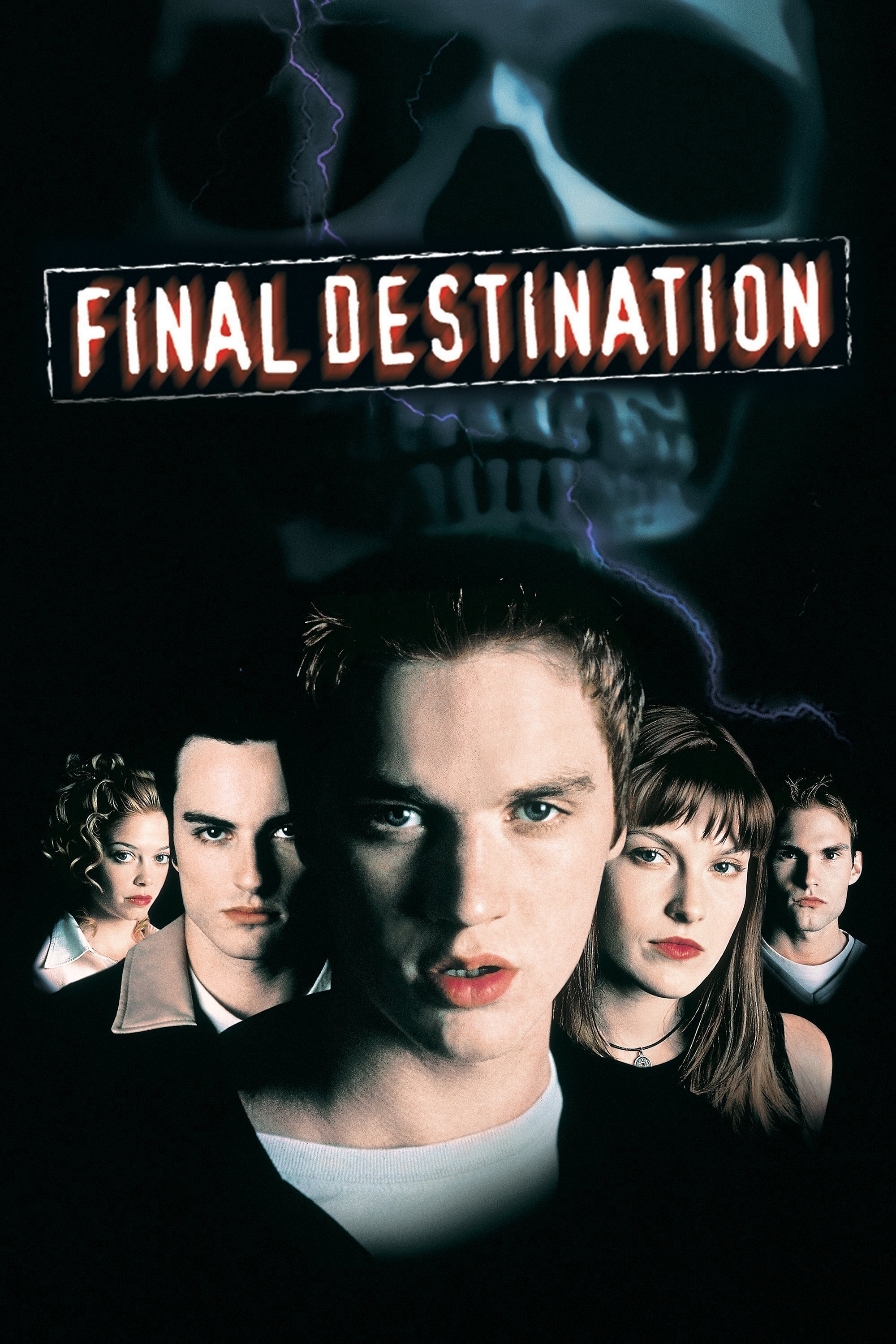
The initial ending of the story was quite bleak, with the main character, Alex, sacrificing himself to save his friends. This left the female lead pregnant and the sole survivor, a conclusion audiences didn’t like because they felt Alex’s difficult journey deserved a happier outcome. Because of this negative reaction, the studio asked for a new ending that built more tension and, crucially, kept Alex alive. This change ultimately opened the door to creating a series of stories centered around the idea of escaping death.
‘Payback’ (1999)
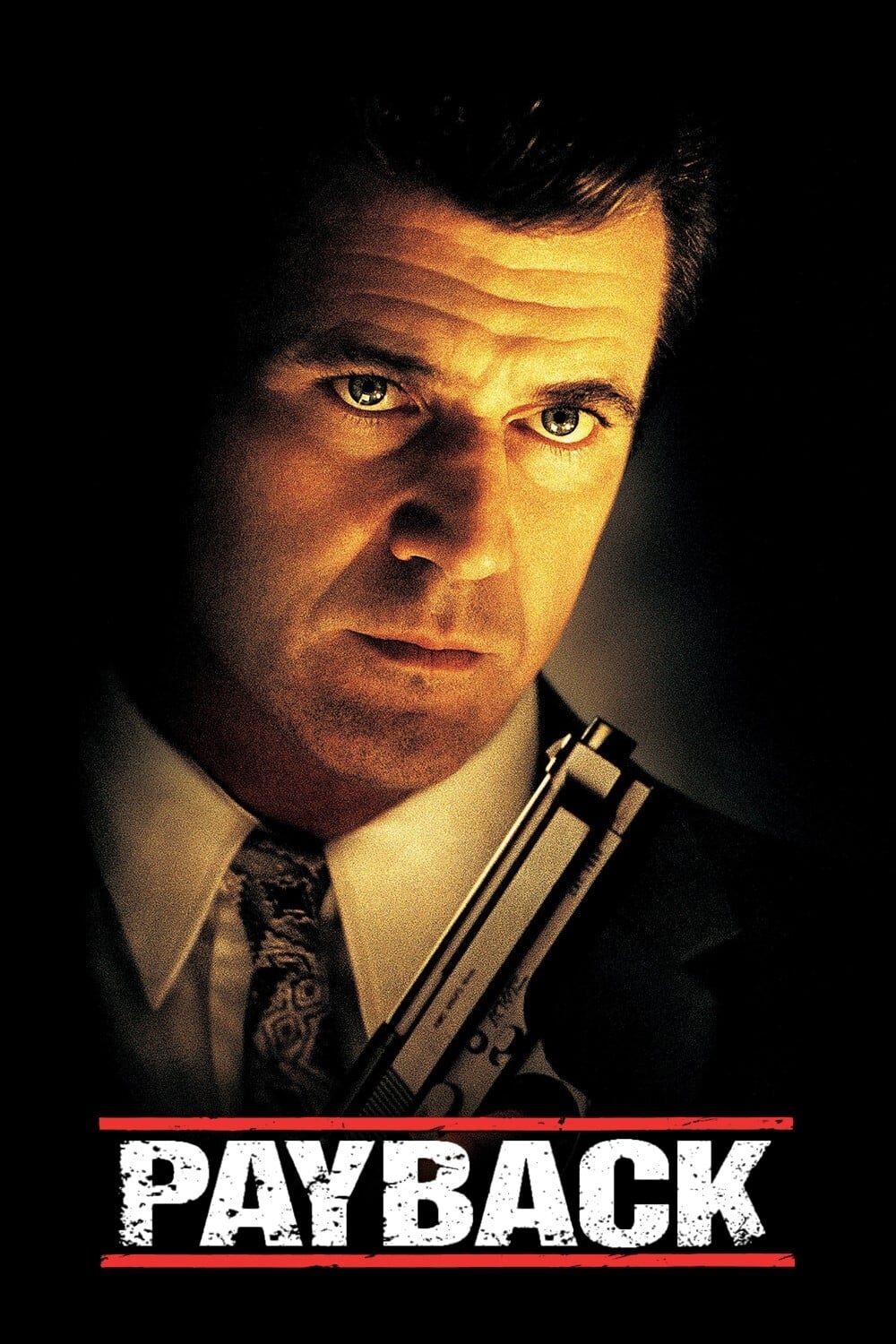
I recently saw a film where the initial cut was a really dark, morally complex thriller, with Mel Gibson playing a truly reprehensible character. But the studio worried audiences wouldn’t connect with someone so unlikeable, and they didn’t like the ending’s lack of closure. So, they brought in a new director to basically rework things. That meant adding a voiceover to clarify the plot and completely revamping the climax with more action. They even threw in Kris Kristofferson as a straightforward villain to give our hero someone clearly to fight. Honestly, what ended up on screen is so different from what the original director envisioned – it’s almost a completely different movie!
‘The Bourne Identity’ (2002)
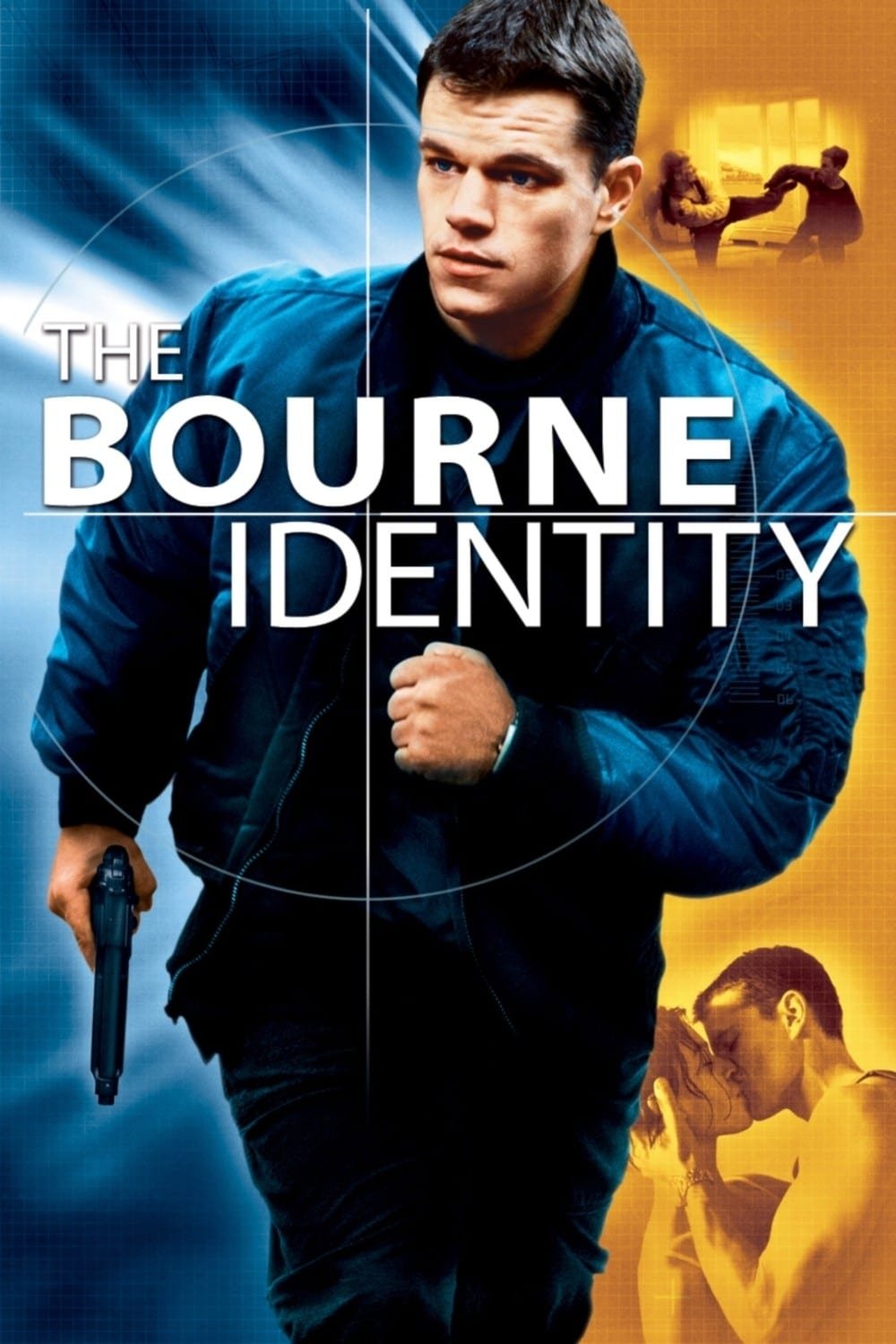
Director Doug Liman and the studio disagreed on how the spy thriller should feel and move. The initial ending was too subtle for an action movie audience, so they filmed new scenes to create a more exciting finale at the farmhouse. Matt Damon and the filmmakers revised the script throughout the filming process. Ultimately, they made a groundbreaking, realistic action film that spawned a major franchise.
‘National Lampoon’s Vacation’ (1983)
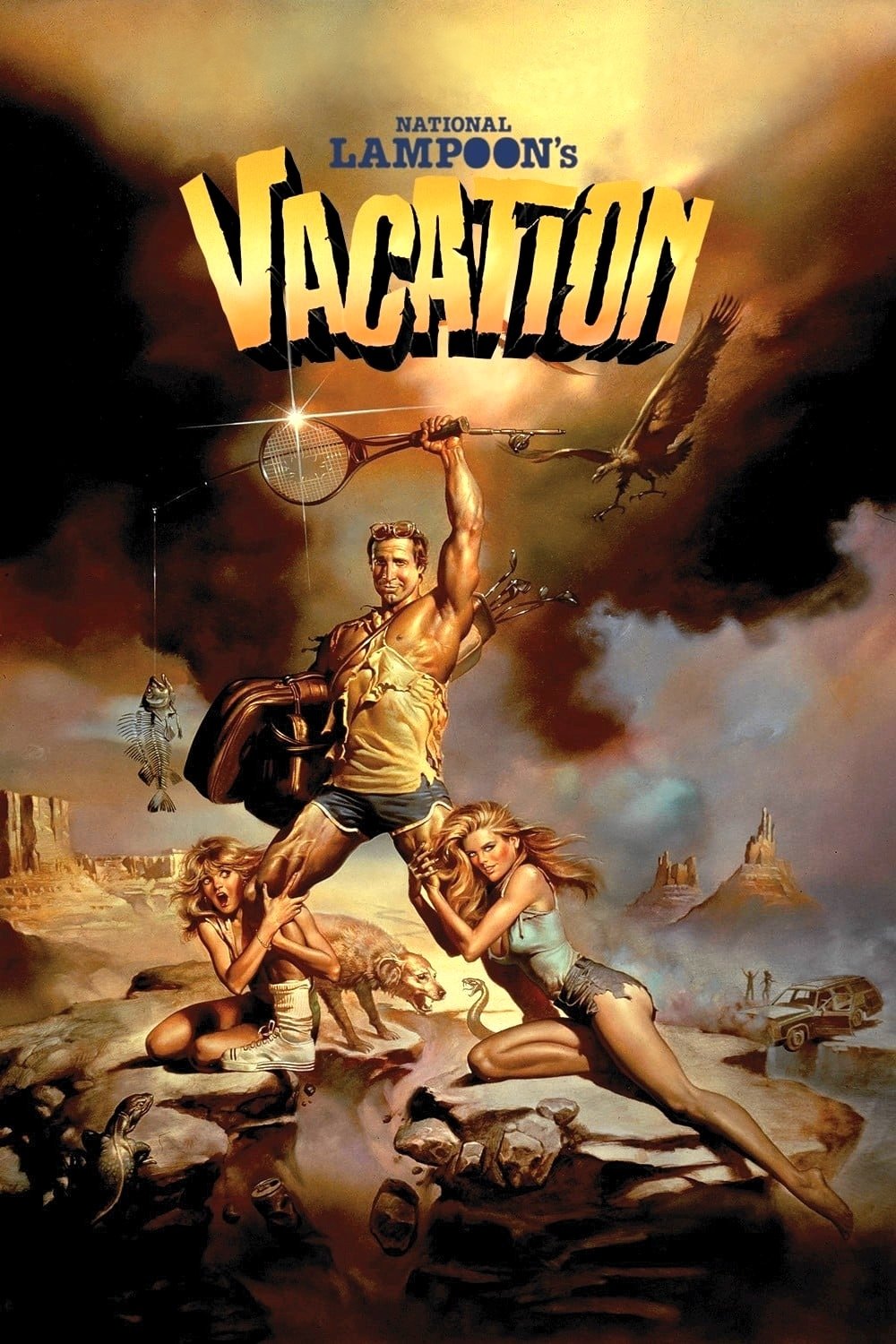
When the Griswold family first arrived at Walley World, they found Roy Walley at his house and, in a surprising twist, held him hostage, demanding he provide them with entertainment. However, early viewers thought this was too harsh for a comedy, so John Hughes rewrote the ending. Instead of the kidnapping, the family simply convinces the park security to let them enjoy the rides. Although they had to film this new ending at a different amusement park, it preserved the movie’s fun and lighthearted spirit.
‘Brazil’ (1985)
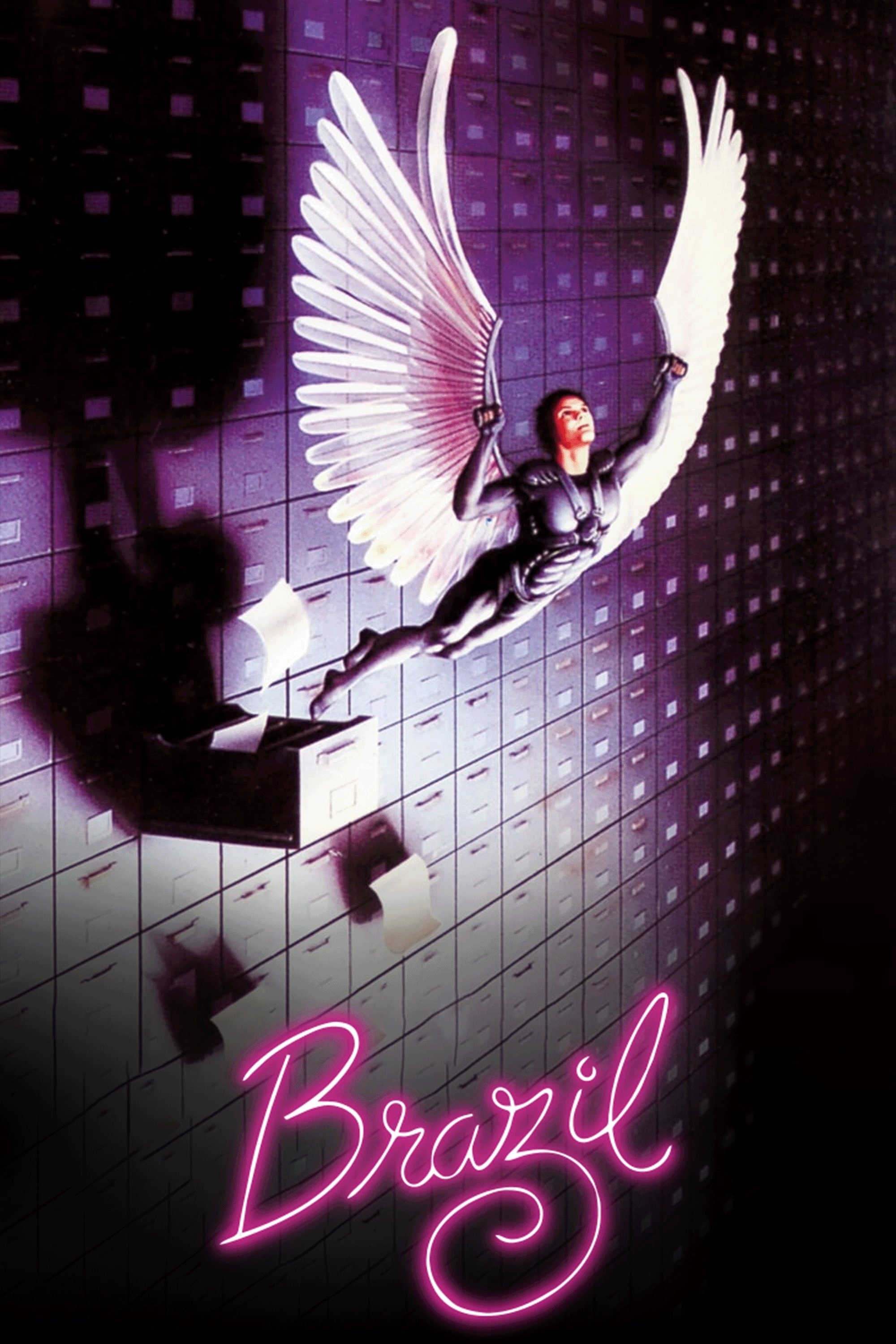
Terry Gilliam’s film is a darkly imaginative and critically acclaimed work, though its original ending was quite bleak. When the studio, Universal Pictures, wanted a more mainstream version, editors created a drastically different cut – often called the “Love Conquers All” version – that softened the film’s harsh conclusion. Gilliam publicly protested this change, fighting for his intended vision to be seen. Ultimately, the studio gave in after the original cut received praise and awards from film critics.
‘First Blood’ (1982)

I remember when I first saw First Blood. It was shocking to learn that Rambo was originally going to die at the end! Apparently, that’s how the book ended too, and the filmmakers wanted to make a really powerful statement about the costs of war. But when they showed it to test audiences, people were devastated – they’d followed Rambo through so much, and they couldn’t handle seeing him killed. So, Stallone and the director changed it. Instead of dying, Rambo surrendered to Trautman, and honestly, that was the best decision ever. It allowed the character to live on and become the action hero we all know and love in all the sequels!
‘Se7en’ (1995)
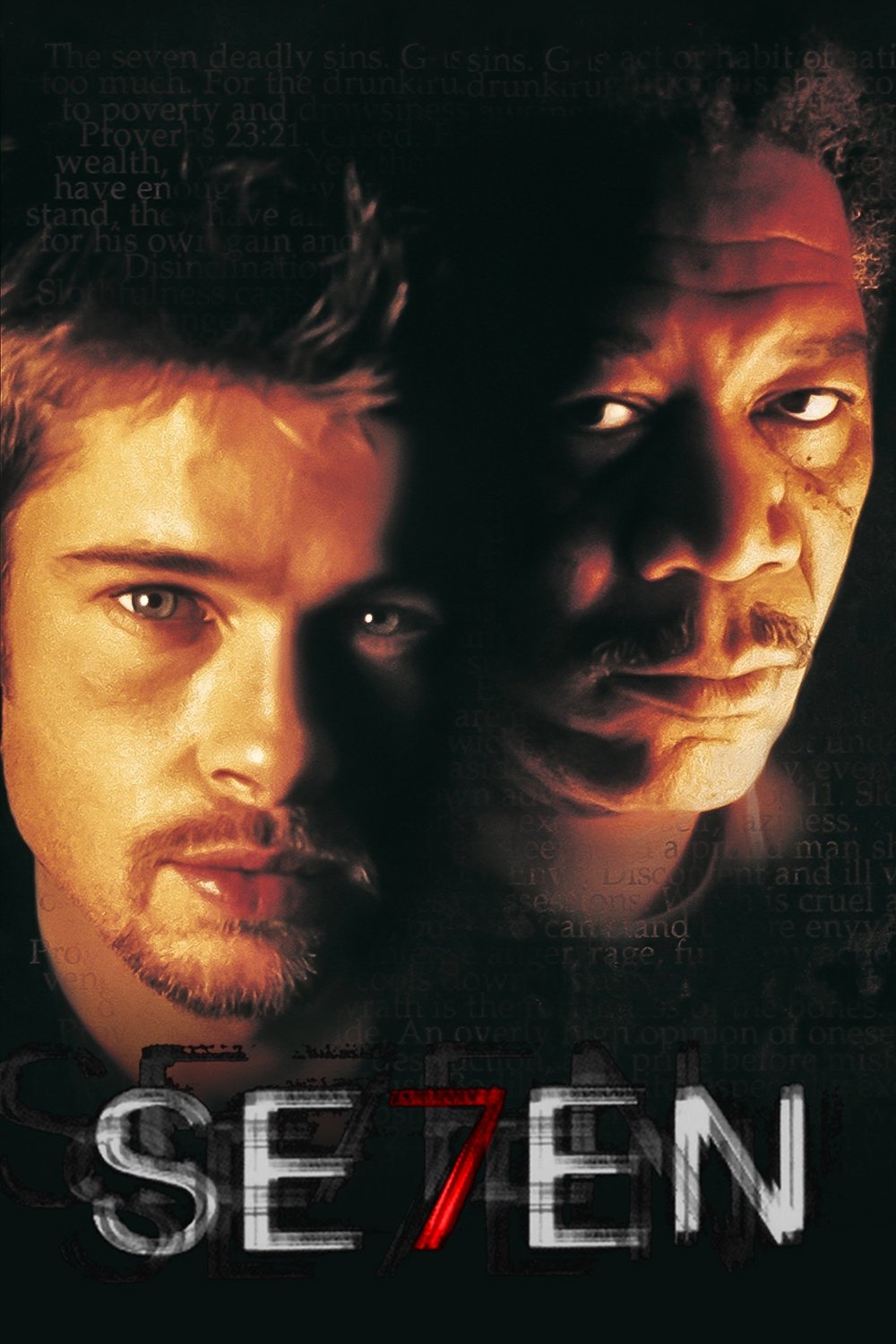
Executives at New Line Cinema were very worried about the dark and disturbing ending with the head in the box. They proposed changes, like replacing the head with a dog or having the detectives rescue the wife. However, Brad Pitt and David Fincher insisted the original ending stay in place. As a compromise, they didn’t show the severed head directly, but the scene still remains incredibly shocking and is considered one of the most memorable conclusions in film history.
‘Legally Blonde’ (2001)
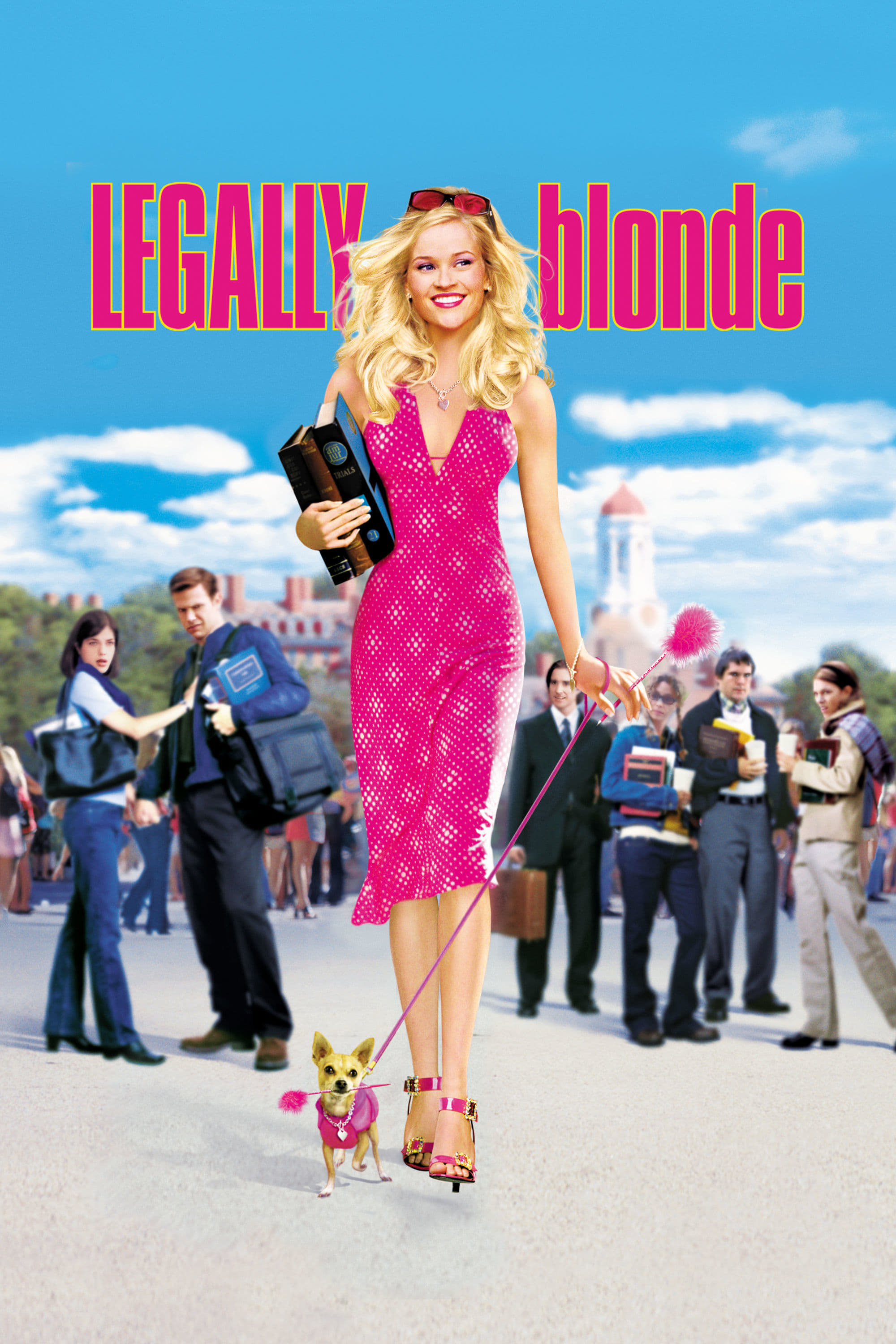
The movie initially concluded immediately after Elle Woods’s courtroom win. However, viewers wanted to know what happened to her afterward, so the filmmakers added a new scene. This epilogue, set two years later at graduation, allowed Elle to deliver her inspiring speech and demonstrated her continued success, ultimately providing a more complete and fulfilling ending to her story.
Tell us which alternate ending you would have preferred to see in the comments.
Read More
- DOGE PREDICTION. DOGE cryptocurrency
- Calvin Harris Announces India Debut With 2 Shows Across Mumbai and Bangalore in November: How to Attend
- EQT Earnings: Strong Production
- Heights Capital Bets $16M on ImmunityBio: A Calculated Gamble?
- Docusign’s Theatrical Ascent Amidst Market Farce
- The Relentless Ascent of Broadcom Stock: Why It’s Not Too Late to Jump In
- Why Rocket Lab Stock Skyrocketed Last Week
- TON PREDICTION. TON cryptocurrency
- Ultraman Live Stage Show: Kaiju Battles and LED Effects Coming to America This Fall
- HBO Boss Discusses the Possibility of THE PENGUIN Season 2
2025-11-25 14:18